
I couldn't make up my mind between these two collages. I guess the top one is better, but I really like the leg action (on the dancer) in the second. With the top one I used LunaPic to achieve the water effect.
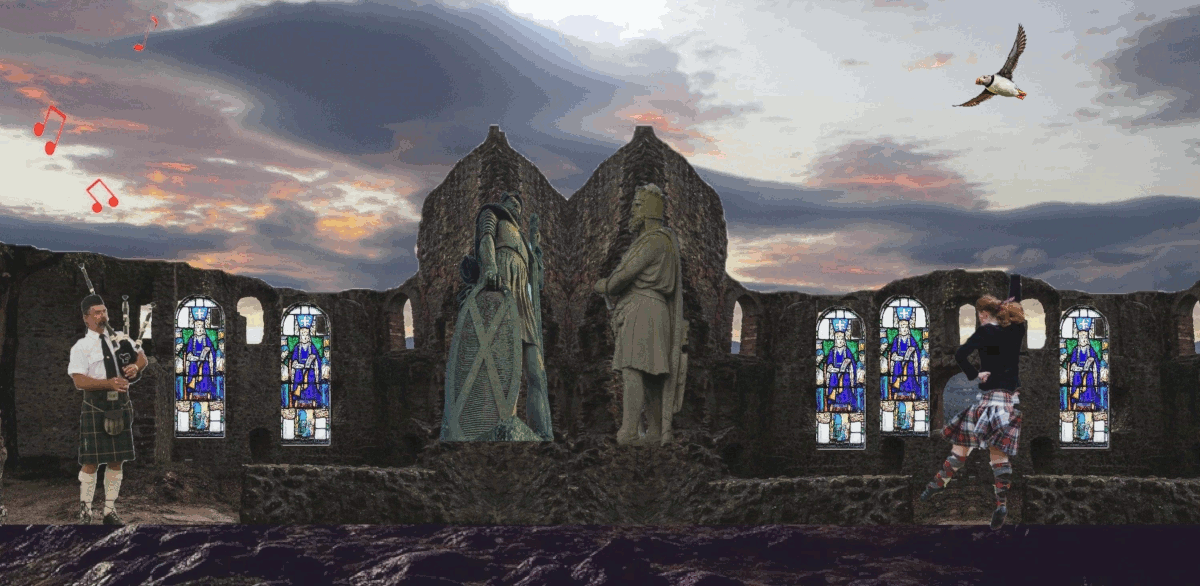

When I first saw @shaka's picture:
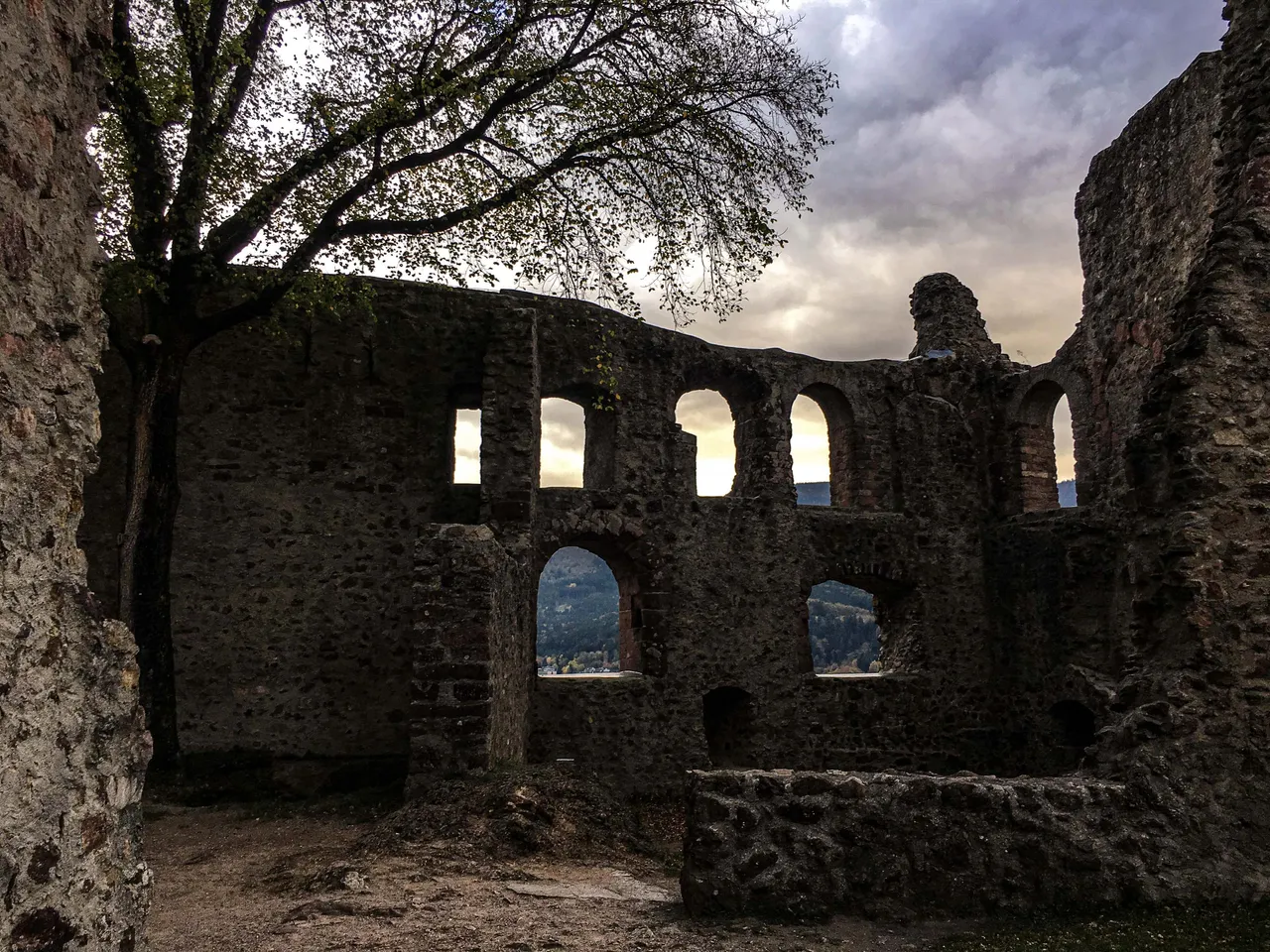
for this 45th round of #LMAC, I thought immediately of castle ruins in Scotland. I'd recently traced some of my family's roots (we're mongrels--we come from everywhere) to the Scottish Highlands, so this area came naturally to mind.
Elements in my collage represent Scottish history and culture. The statues at the center of the collage, bagpiper, dancer, puffin, windows, and sky are all from Scotland. Even the borders that separate sections in this blog are constructed from pictures of a thistle plant. Thistle has been a symbol of Scotland since the 13th century.
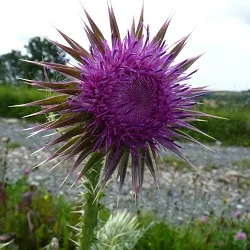

Statues: "The Wallace" and "The Bruce"
William Wallace
"Tell your commander that we are not here to make peace but to do battle, defend ourselves and liberate our kingdom." With these words William Wallace prepared to meet the English at the Battle of Stirling Bridge. It was at this battle, in 1297, that Wallace secured his place in Scotland's history. He led Scottish freedom fighters against a numerically superior English force. The English were routed at Stirling Bridge, and Wallace's campaign against English rule gained momentum.
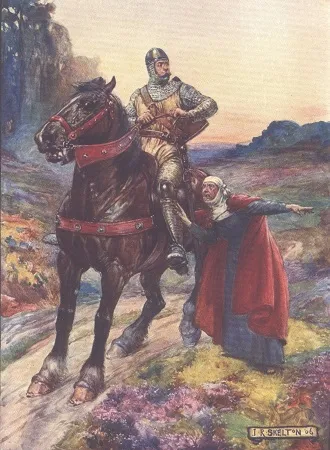
Picture scanned from a 1906 book, by JR Skelton. The caption under the picture reads: "Hold you, hold you, Brave Wallace! the English have hanged all your best men like dogs." The picture is in the public domain.
In 1305, a defiant Wallace was finally captured by the English, disemboweled, quartered and beheaded. Parts of his body were distributed across the countryside. He looms today in Scottish history as one of its most celebrated figures.

Robert Bruce
The struggle for Scottish independence was at last won by Robert Bruce in 1314. He defeated the English in another asymmetric battle, at Bannock burn. Both Bruce and the King of England, Edward II, took part. Edward barely escaped with his life. Bruce ruled as King of Scotland for the next 23 years.
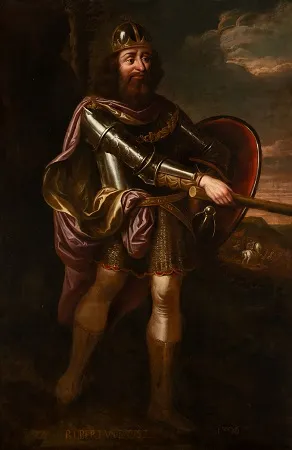
This 17th-century painting of Robert Bruce (by Jacob de Wet II), is in the public domain.

Music and Dance
While the origin of the bagpipe has been traced to different parts of the world--including Egypt, Rome and Ireland--it was in the Scottish Highlands that the instrument was developed into its current form.
Carving of a Bagpiper, c.1600
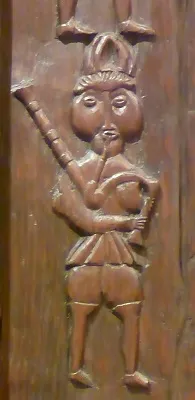
This carving was discovered on a bedstead at Threave Castle, Kirkcudbrightshire. Picture credit: Kim Traynor, CC 3.0 license. The castle itself dates back to the 1370's.
Threave Castle


Highland Dance
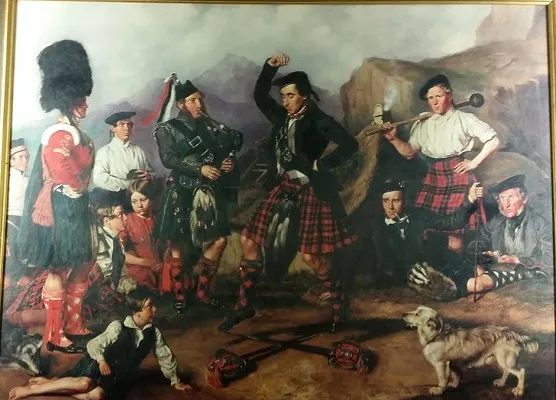
Picture credit: Iphigenia Wang,CC 4.0 license
In this painting, members of the 93rd (Sutherland Highlanders) Regiment of Foot are performing the Highland Sword Dance (1853). The dance has roots that go back about 1000 years. According to History U.K., "old kings and clan chiefs...(used the dances) to select their best men at arms...the discipline required to perform the Highland dances allowed men to demonstrate their strength, stamina and agility".
The Sword Dance was one of several demanding Highland dances--essentially war dances--that were performed "to 'the wailing music of bagpipes'”.
Here's a YouTube link to one of the dances, the Fling:

In an effort to suppress Scottish nationalism, these dances, along with the kilt and other symbols of Scottish culture, were banned in 1746. When the ban was lifted some 40 years later, these symbols of Scottish pride were assured a place in the hearts of patriotic Scots.
Today Highland Dance is performed mostly by females, but is still a very athletic art form. Here's a link to a YouTube video showing a Sword Dance performance.

Special shoes, Highland Ghillies, are designed to accommodate both the grace and athleticism required of the dancers.

Puffin and Stained Glass Windows
Puffin
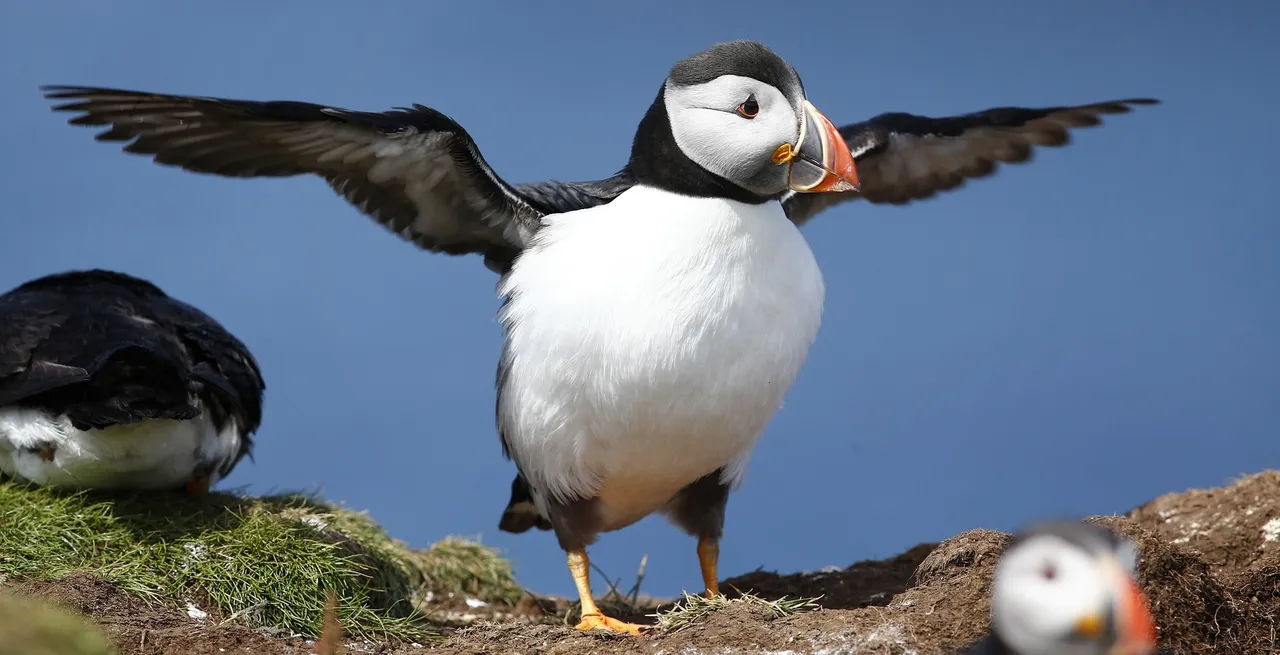
Pixabay
According to Wild Scotland.org, the puffin is "Scotland’s smallest and most distinctive breeding auk species".

Stained Glass Windows
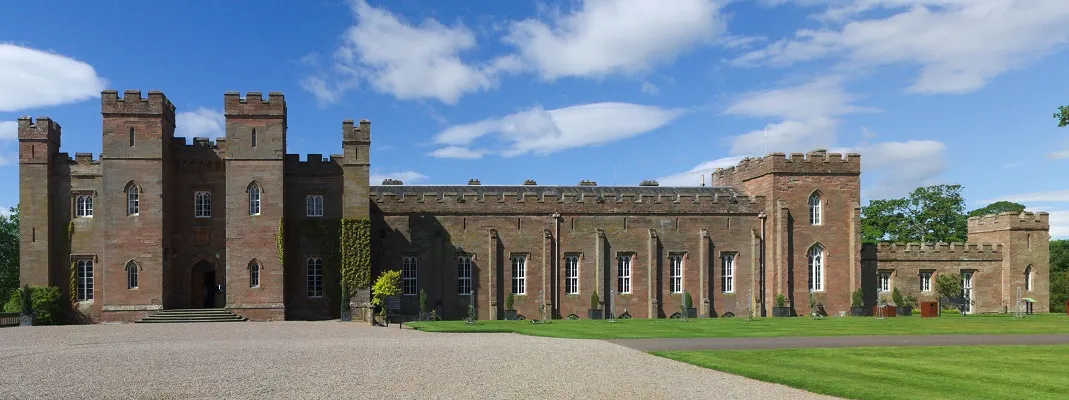
Picture credit: Ingo Mehling, CC 4.0 license.
The windows were taken from historic Scone Palace (probably the Abby, although this is not specifically stated). The Palace, in Perth, Scotland, dates back to at least the 12th century. It was once almost destroyed, then rebuilt and over the centuries enlarged several times. Kings were crowned there, including Robert the Bruce in 1306.

My Collage
I've pretty much covered my process in making this collage, and have linked to my sources (all from Pixabay) in the body of the blog.
Collages for this round of #LMAC are pouring in to @shaka's blog from participants all over the world. Go over to the blog and take a look. Enjoy the art, learn about the artists' process. Some of the creators are very talented.

As is always the case with #LMAC, writing the blog and designing the collage has been a rich experience. Thank you @shaka, for providing the context and the prompt.

